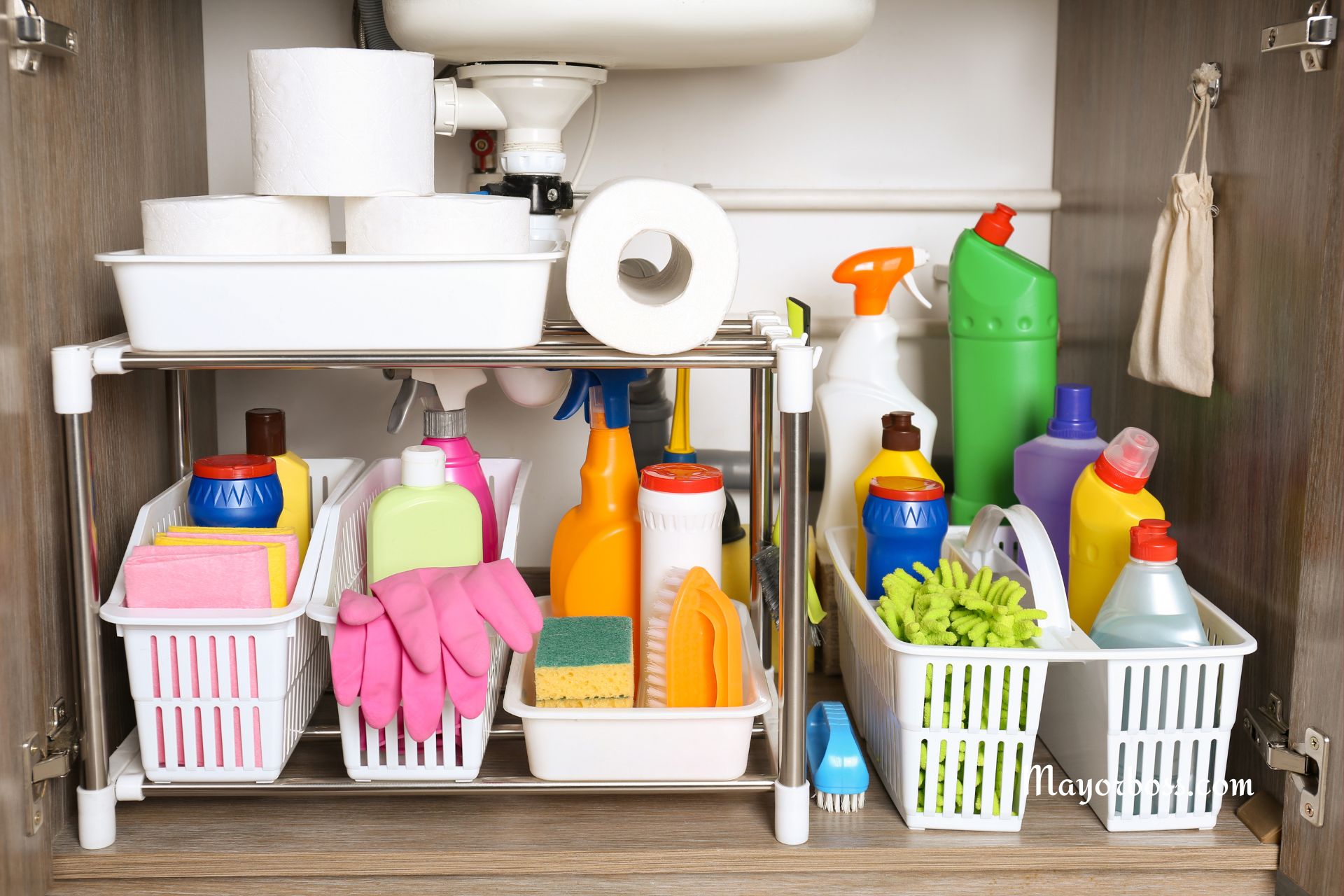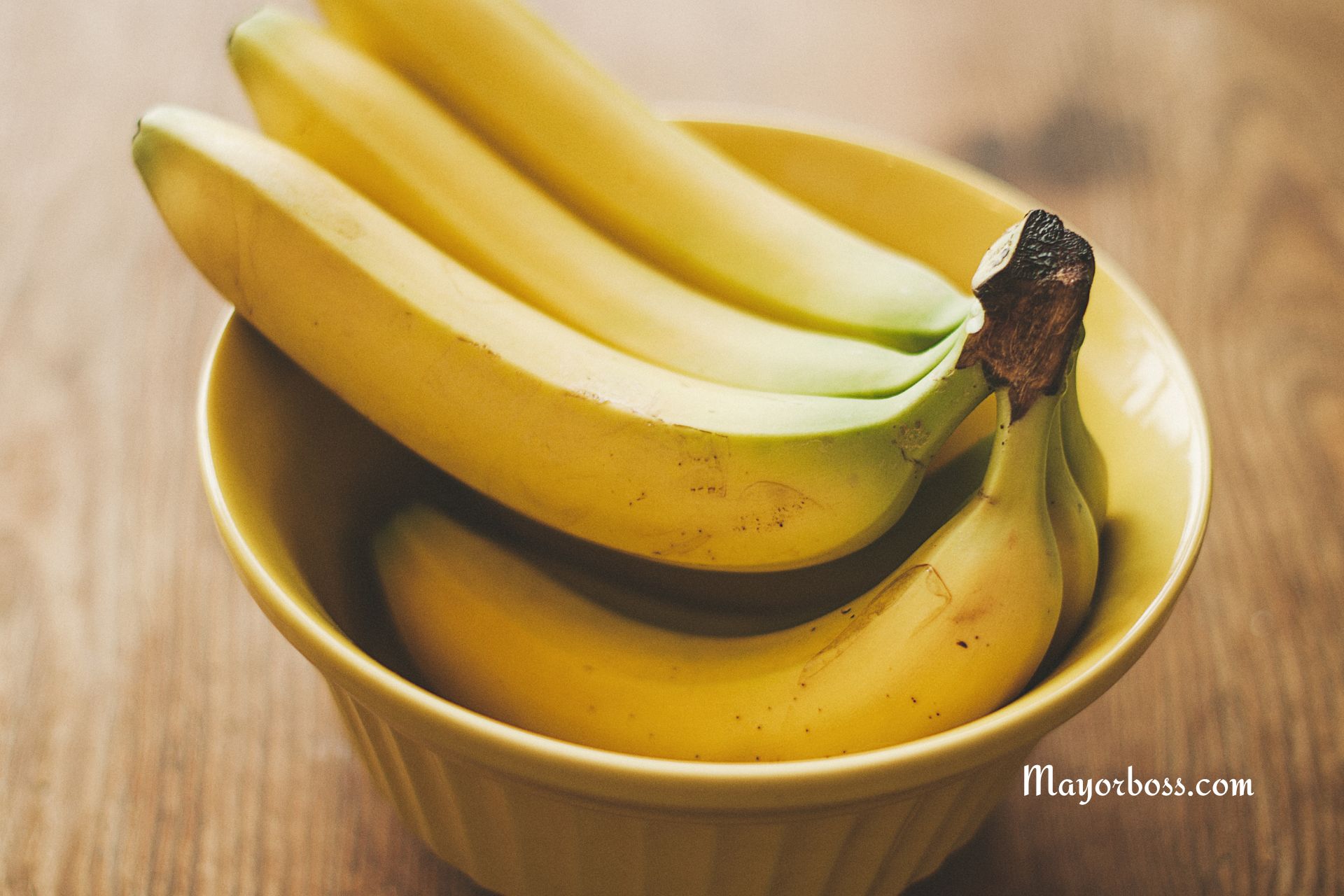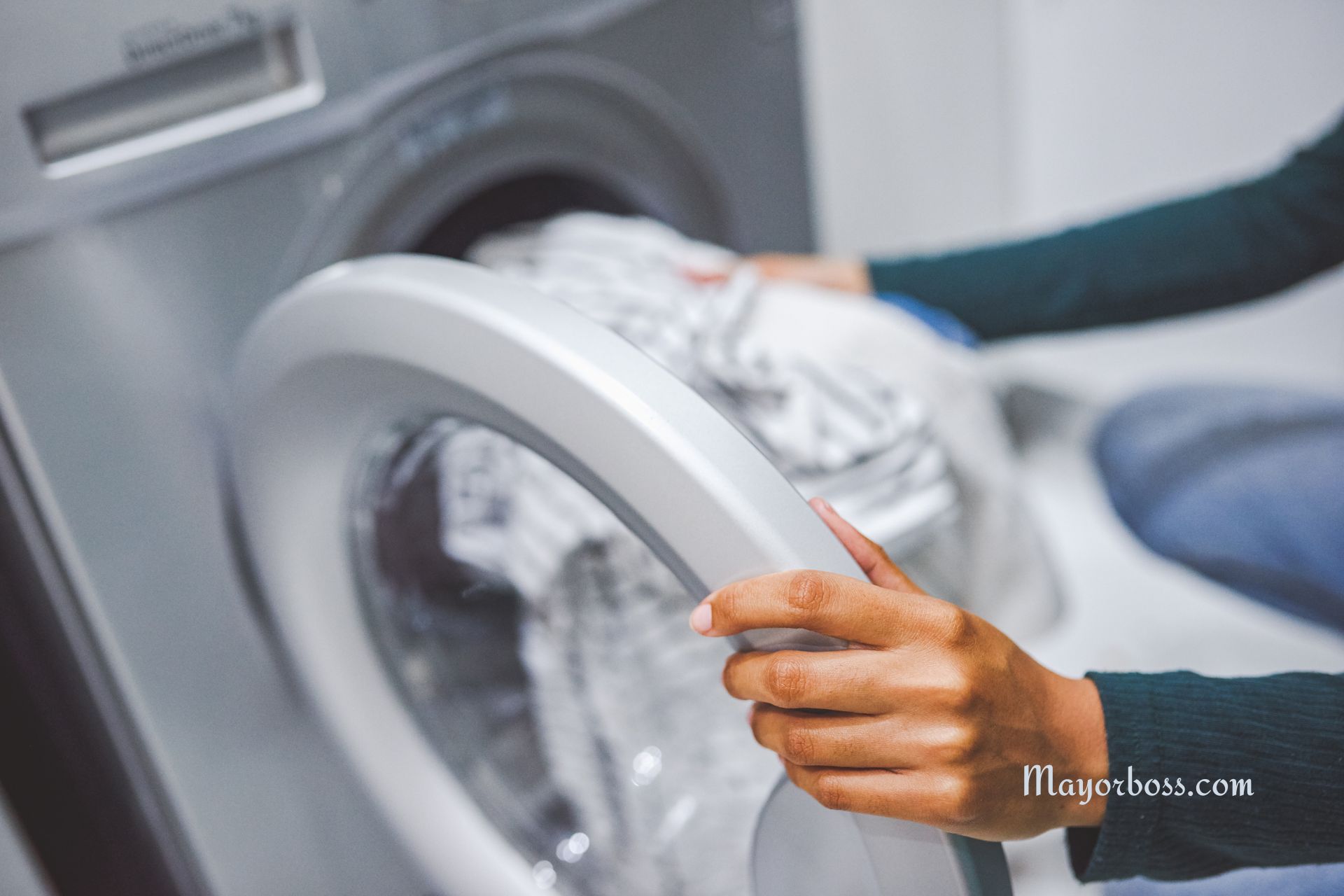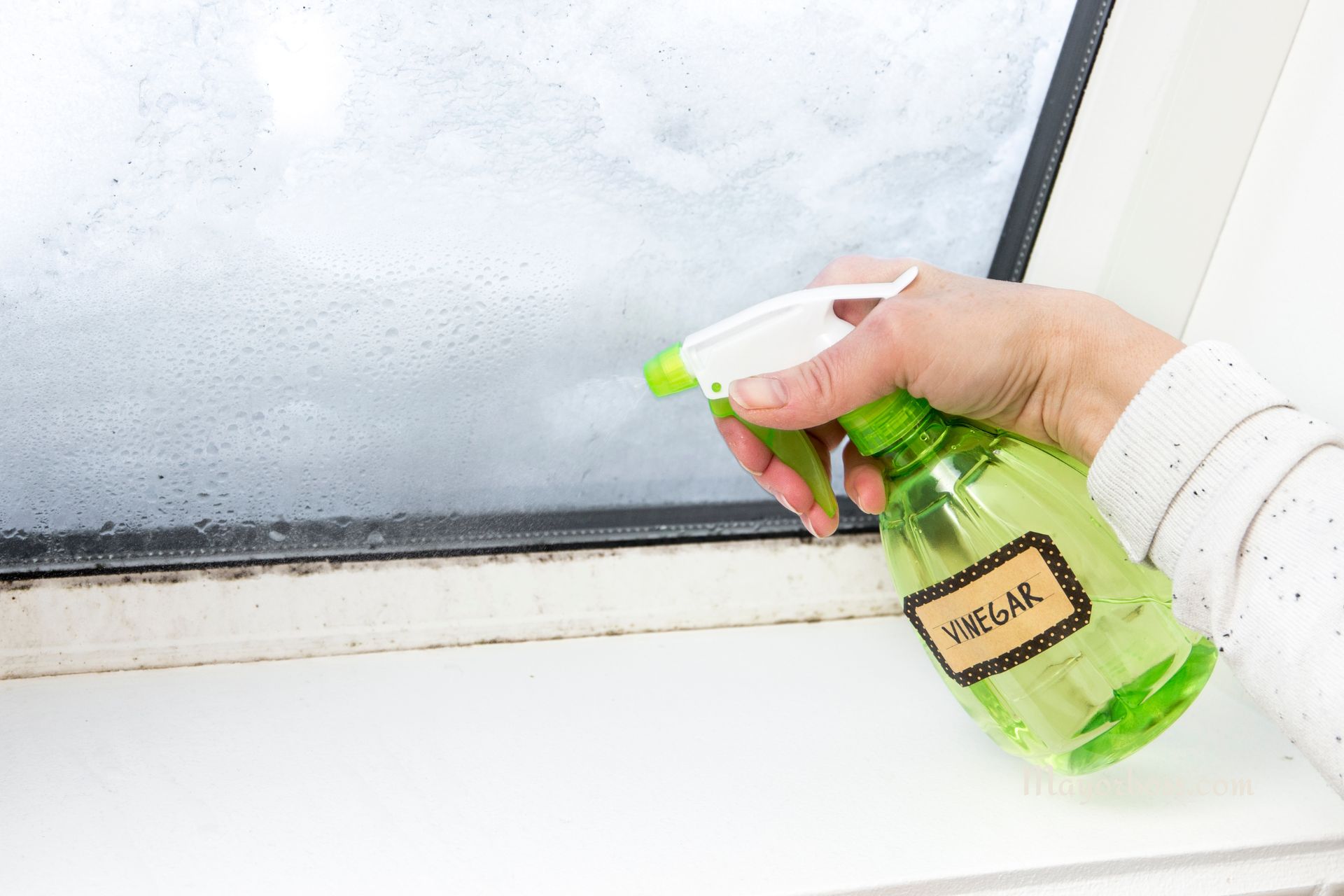Things You Should Never Store Under Your Sink
The space under your kitchen or bathroom sink often seems like a convenient catch-all. It’s out of sight, potentially spacious, and may even seem like a logical place to keep cleaning supplies. However, the under-sink area is far from ideal for storing many common household items. Here’s why, plus what you should be keeping elsewhere:

Safety Hazards
- Harsh Chemicals: Bleach, drain cleaners, and other strong cleaning products contain noxious chemicals that are dangerous if ingested or accidentally mixed. They’re best stored in a higher, locked cabinet, especially if you have kids or pets.
- Flammable Materials: Rubbing alcohol, aerosol cans, varnishes, and similar products ignite easily. Avoid storing them under the sink, where heat from appliances like a garbage disposal or even a minor leak could increase fire risk.
Damage and Inefficiency
- Sponges and dishcloths: Under-sink areas tend to be damp and poorly ventilated, ideal for promoting mold and bacterial growth. Keep sponges and dishcloths in dry, airy spaces to prevent unpleasant smells and maximize their lifespan.
- Paper Products: Paper towels, napkins, and even spare toilet paper rolls easily absorb moisture. If a pipe leaks or humidity spikes, you’ll end up with a soggy mess.
- Electronics: The chance of accidental spills and proximity to plumbing means small appliances, radios, or spare batteries aren’t safe under the sink.
- Paint and Solvents: Temperature fluctuations and humidity under a sink can affect the consistency and usability of paint. They can also make solvent containers more prone to leak fumes. Store these in a controlled environment like a garage or basement.
What About Cleaning Supplies?
While it seems convenient, here’s why it might NOT be the best spot:
- Accidents Waiting to Happen: Bottles can leak, containers crack, and unexpected spills happen. This is less problematic when supplies are stored separately from vulnerable items.
- Label Visibility: In cramped under-sink conditions, reading product labels can be difficult. This risks accidentally using the wrong cleaner or not following safety instructions correctly.
Better Under-Sink Storage Solutions
- Organize With Purpose: Instead of random cramming, invest in under-sink organizers – sliding drawers, bins, or multi-tiered shelving – to use the space efficiently.
- Prioritize Essentials: Stick to truly necessary items such as dish soap, basic cleaning tools (dedicated to the sink area), garbage bags, and rubber gloves.
- Mind the Plumbing: If you must store some cleaners, choose a single, designated bin (ideally leak-proof) and place it well away from pipes to minimize damage in case of spills.
Where To Store The Items You’re Taking OUT
- Harsh Chemicals: High, out-of-reach cabinets (locked if children are present).
- Flammables: A sturdy shed or a ventilated spot in the garage is best.
- Paper Products: In kitchen pantry cupboards or under-bed storage if short on space.
- Sponges and Cloths: Put them on a dish rack or hang them up so they dry quickly.
- Electronics: Keep them entirely removed from humid, moisture-prone areas.
FAQs
Q: Is it ever okay to store food under the sink?
A: Absolutely not. Even sealed containers can attract pests, and the under-sink area is unhygienic.
Q: I have limited storage space. How can I optimize what I keep under the sink?
A: Try vertical organizers to maximize height and store less frequently used items elsewhere, even if it’s slightly inconvenient.
Q: Are there any natural or non-toxic cleaners I can keep under the sink?
A: Yes! Options like vinegar, baking soda, or diluted castile soap work well for basic cleaning and are safer in case of spills.






